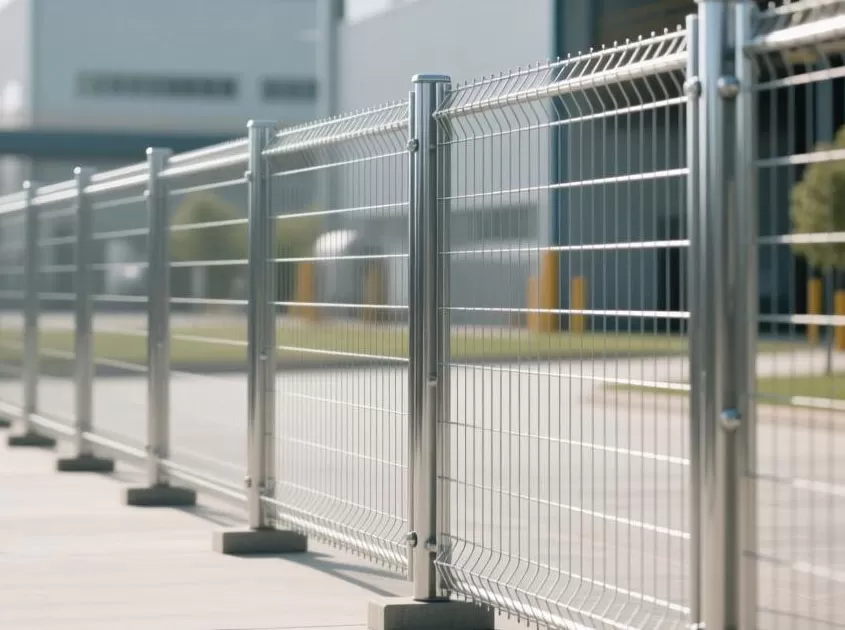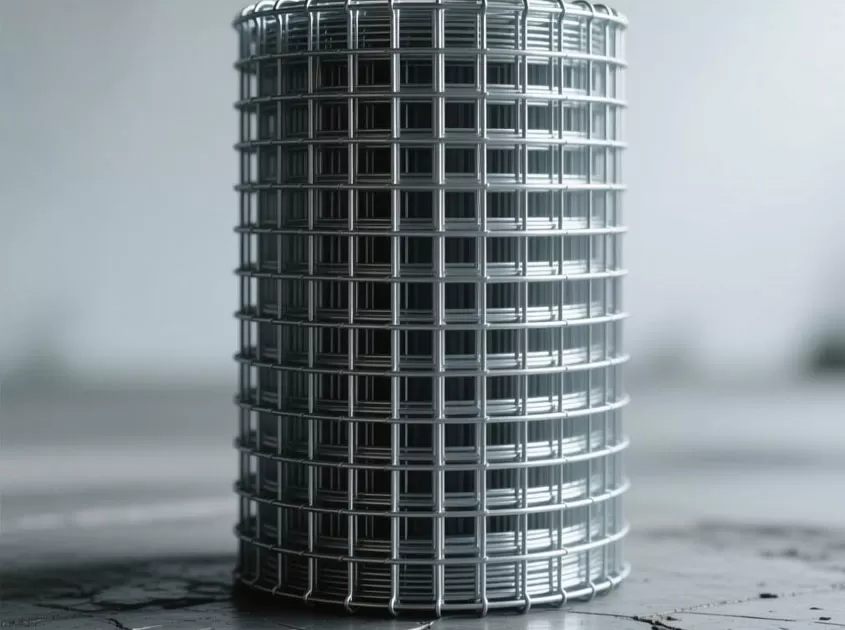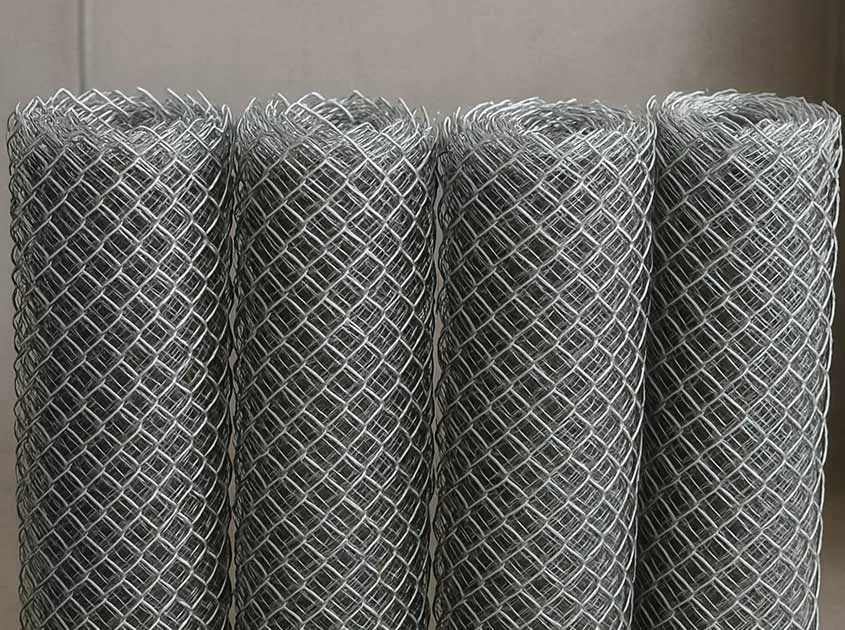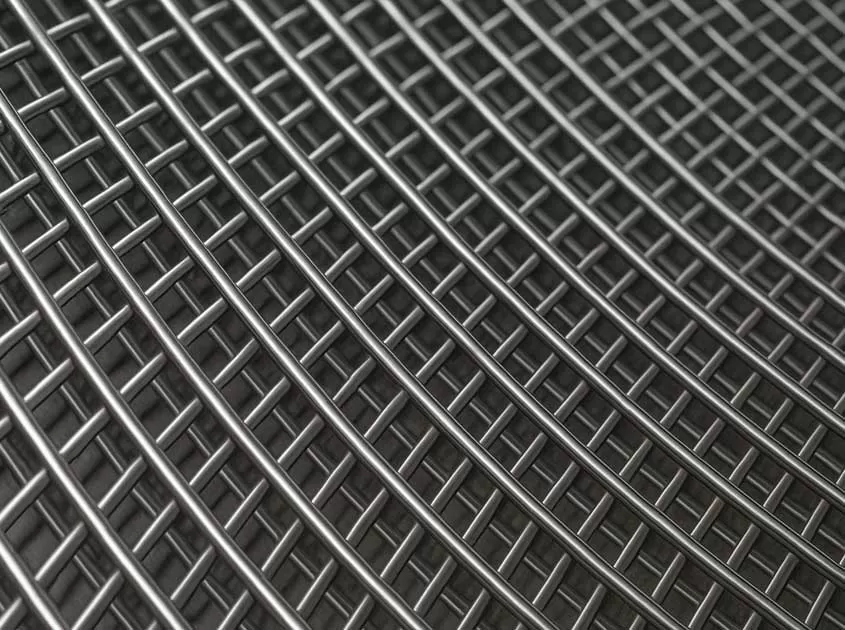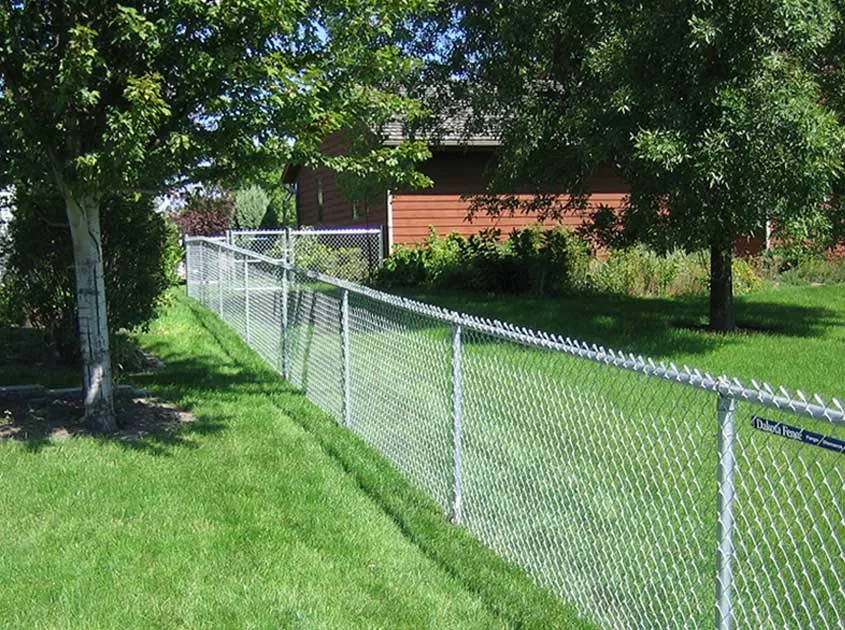Unraveling the Intricacies of Holland Wire Mesh: Material, Fabrication, and Advantages
In the realm of industrial and architectural applications, the choice of materials often dictates the success of a project. Amidst the array of options, Holland wire mesh emerges as a dynamic and versatile contender, capturing the attention of designers, engineers, and builders alike. This article embarks on a journey to decode the mysteries of Holland wire mesh, shedding light on its composition, manufacturing process, and the array of advantages it brings to the table.
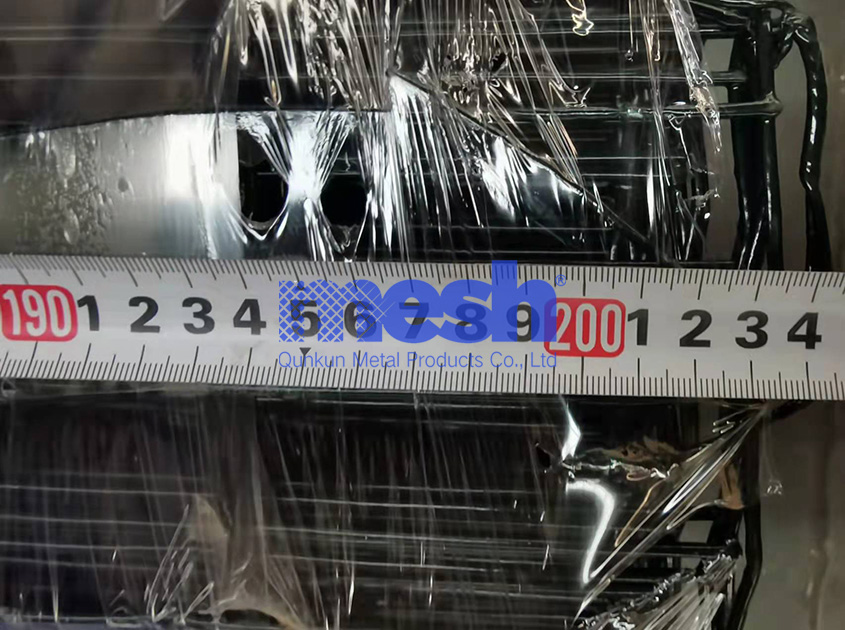
The Essence of Holland Wire Mesh
Holland wire mesh, also known as Dutch weave wire mesh, is a unique configuration of woven wire. It stands apart from traditional plain weave or twill weave patterns due to its densely woven warp wires and relatively larger weft wires. This intricate arrangement results in a mesh that exhibits exceptional strength, stability, and filtering capabilities. The material primarily utilized for Holland wire mesh is stainless steel, a choice renowned for its durability and resistance to corrosion.
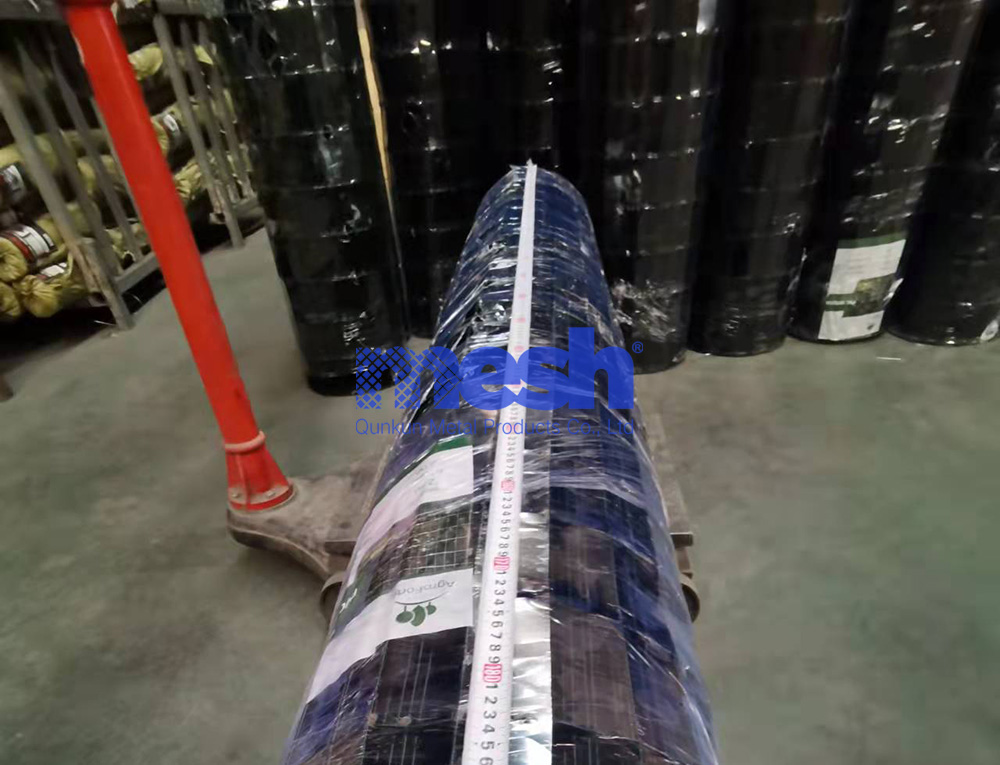
The Craft of Fabrication
The fabrication of Holland wire mesh involves a meticulous weaving process that gives birth to its distinctive pattern. This pattern is characterized by tightly spaced warp wires paired with thicker weft wires, a configuration that imparts strength and rigidity to the mesh. The weaving process is a harmonious symphony of precision, where each wire is carefully intertwined with its counterparts, ultimately culminating in a mesh that stands resilient against external pressures.
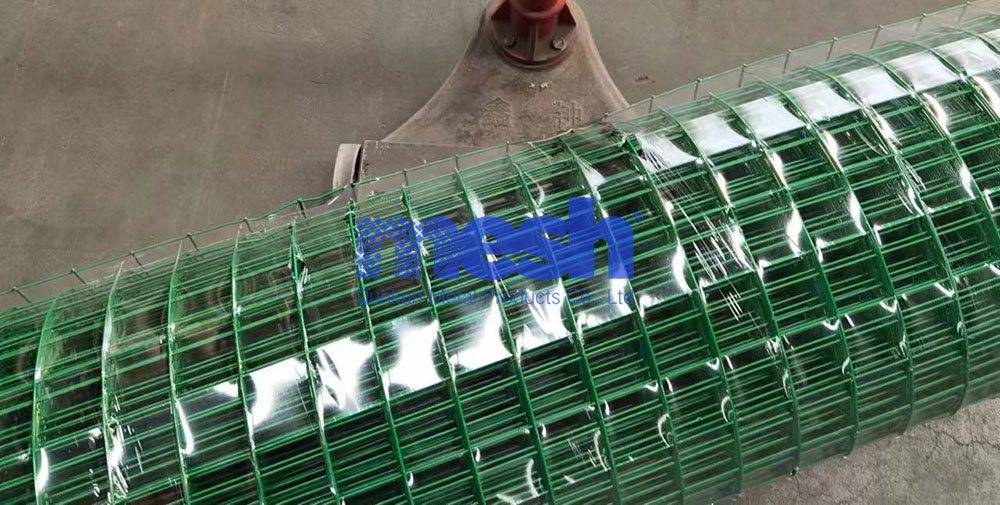
Conclusion
Holland wire mesh, a product of intricate fabrication and engineering, stands as a testament to the symbiotic relationship between innovation and tradition. Its unique pattern, born from precise weaving techniques, underscores its versatile applications in both industrial and architectural spheres. With its filtration precision, reinforcement capabilities, and aesthetic allure, Holland wire mesh emerges as a compelling choice that enriches projects with resilience, functionality, and timeless elegance.
-
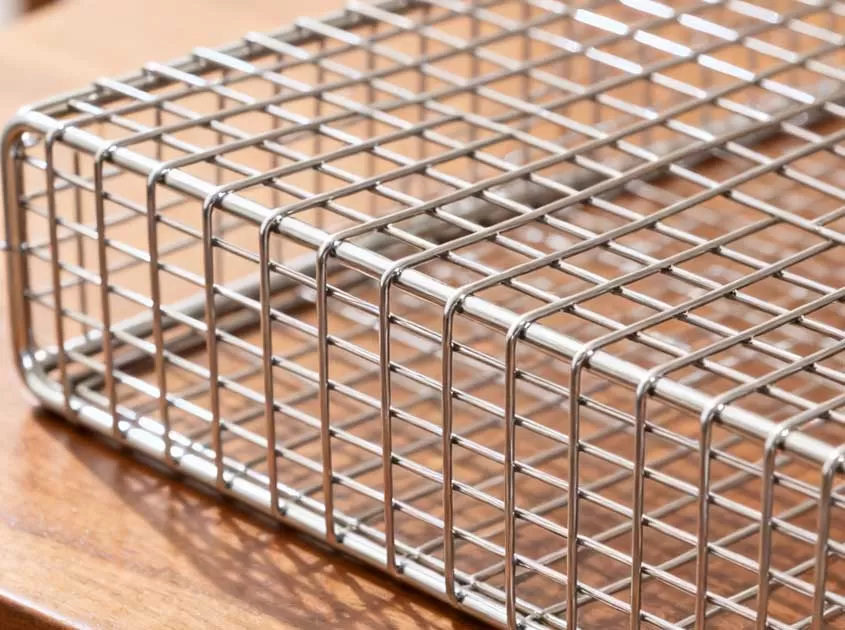 Corrosion-Resistant Stainless Steel Wire Mesh Oct 28, 2025
Corrosion-Resistant Stainless Steel Wire Mesh Oct 28, 2025

- Tel.: +86 311 83077076
- E-mail: sales@qunkunmetal.com
- Skype: qunkunsales01
- WhatsApp: 8618032412189
- Add.: No.69 The Filter Industrial Part of Anping, Hebei, China




